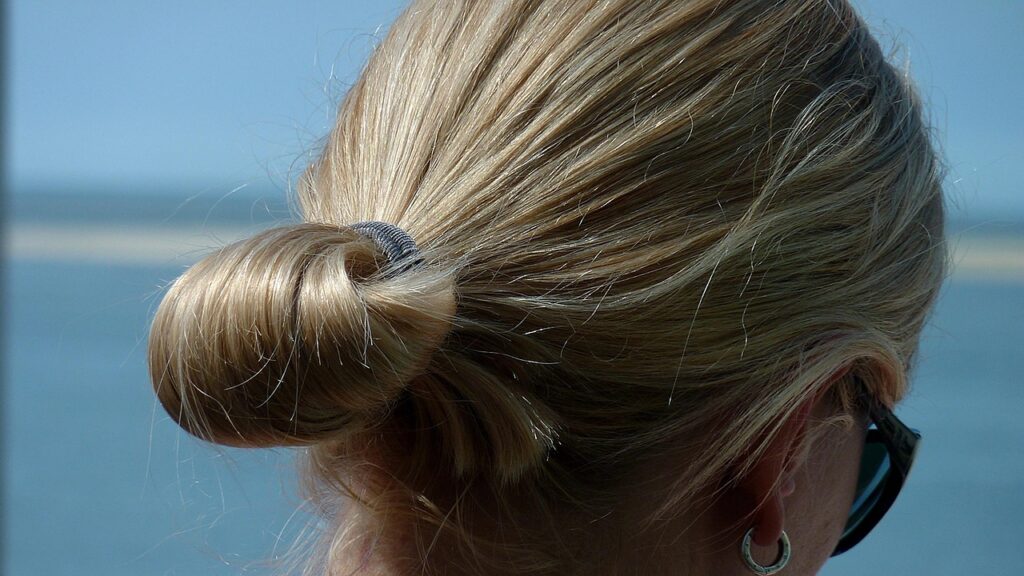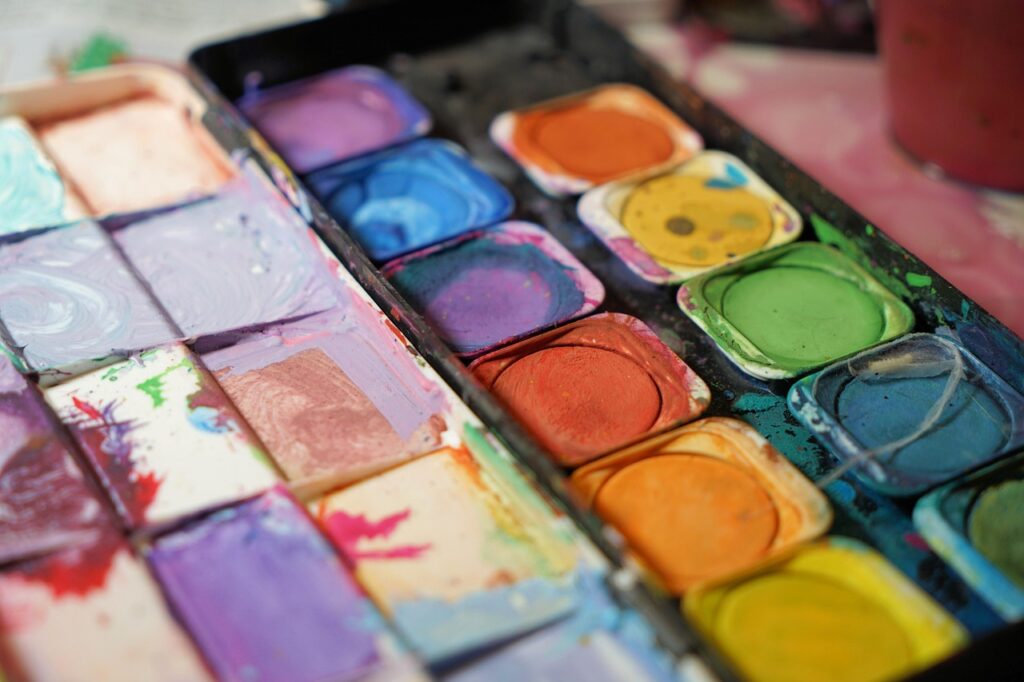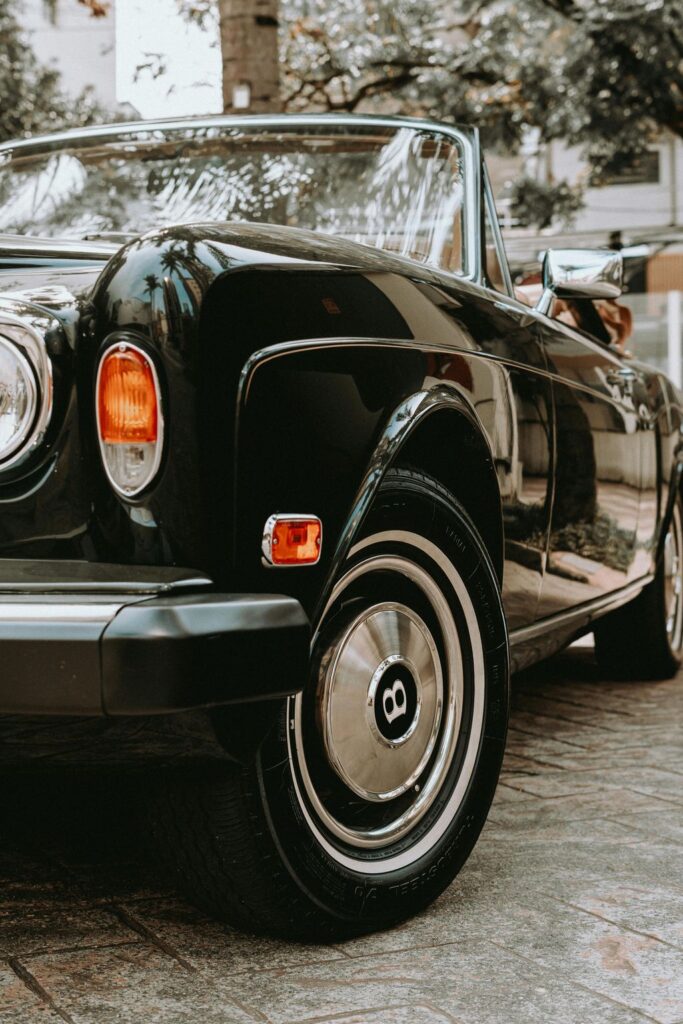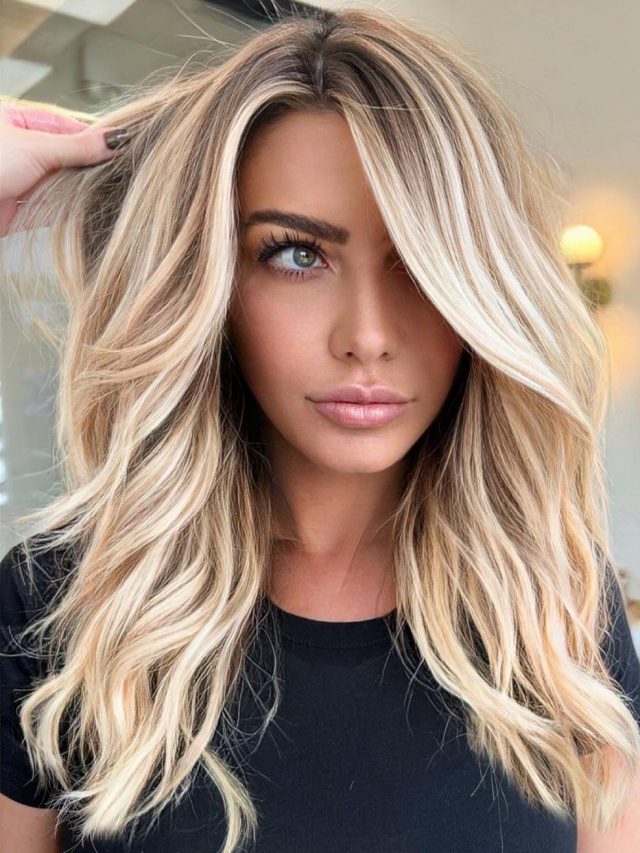
Blond hair is a phenomenon that has captivated human interest for millennia, extending far beyond a simple aesthetic preference. It’s a genetic marvel, a cultural touchstone, and a subject woven deep into the tapestry of human history and biology. From ancient myths to modern stereotypes, this distinct human trait commands attention, prompting questions about its origins, variations, and the perceptions it inspires across the globe. This article embarks on an in-depth exploration, peeling back the layers to reveal the complex narrative behind fair hair.
While often perceived as a singular color, the spectrum of blond is incredibly broad, encompassing a multitude of shades and underlying biological mechanisms. Its presence in various populations, often in stark contrast to prevailing darker hair tones, highlights unique evolutionary pathways and genetic adaptations. Understanding blond hair involves examining not just its physical manifestation, but also the scientific intricacies that determine its appearance and distribution, alongside the profound social and cultural implications it has carried through the ages.
In a world where trends and perceptions constantly evolve, the story of blond hair remains a timeless narrative, offering insights into human migration, genetic diversity, and the ever-changing standards of beauty and identity. We delve into the core characteristics of this hair color, trace its etymological journey, and examine how its very definition has shaped language and societal views. Prepare to gain a comprehensive understanding of what makes blond hair such a distinct and compelling aspect of the human experience.
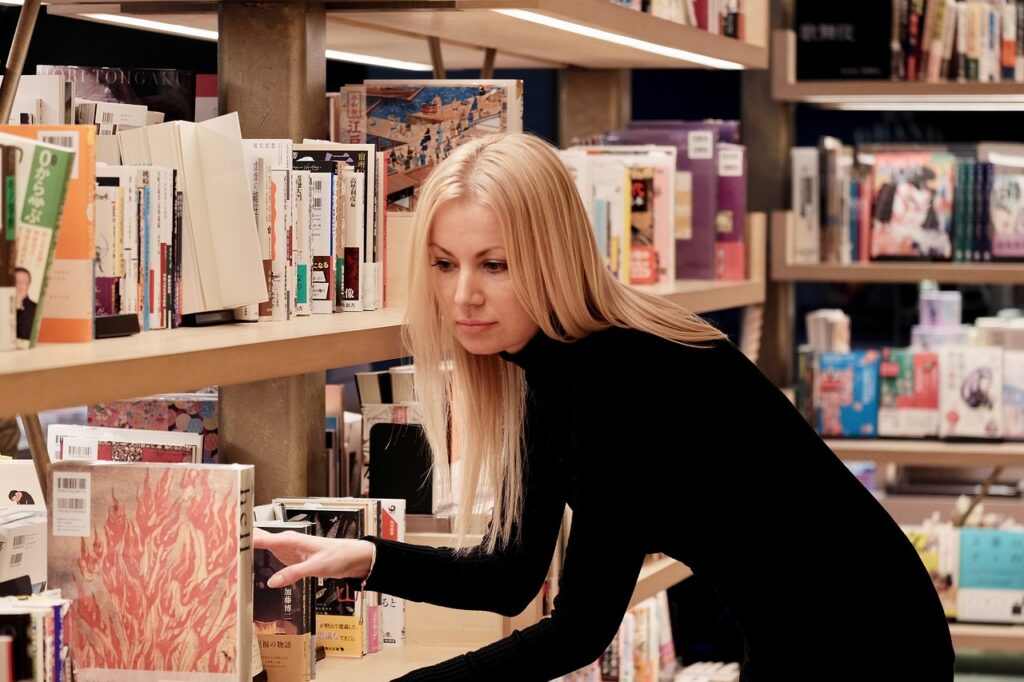
1. **Defining Blond: A Spectrum of Fair Hair**Blond, or blonde, hair, also frequently referred to as fair hair, represents a unique human hair color primarily characterized by remarkably low levels of eumelanin. Eumelanin is the dark pigment responsible for black and brown hair hues, and its scarcity is the fundamental biological factor behind the lighter appearance of blond strands. This delicate balance of pigment determines the visible hue, which invariably contains some degree of yellowish color, setting it apart from other hair colors.
The range of blond hair is surprisingly diverse, spanning a wide spectrum from the very palest shades to richer, more complex tones. At one end, one might encounter very pale blond, a color often attributed to a patchy and scarce distribution of pigment within the hair shaft. This extreme lightness can almost appear whitish in certain lights, presenting a striking visual.
Moving along the spectrum, blond hair can manifest with distinct undertones and deeper colorations. This includes the reddish “strawberry” blond, which incorporates subtle red pigments, or the golden-brownish “sandy” blond, where a higher concentration of eumelanin blends with the lighter pigments to create a warmer, earthier shade. Occasionally, the phenomenon of having blond traits, especially within populations where dark or colored hair is predominant, is specifically termed “blondism,” marking its noteworthy occurrence.
2. **The Fading Fair: Blond Hair’s Diminishing Presence in Adulthood**A fascinating aspect of natural blond hair is its tendency to darken significantly with age, leading to a noticeable reduction in its prevalence among adults. Many individuals who sported bright blond locks in childhood find their hair maturing into darker shades of brown as they reach adulthood. This natural darkening process renders truly blond hair significantly less common in the adult population, making it a distinctive trait that often becomes a memory rather than a present reality for many.
Historically and geographically, naturally occurring blond hair has been primarily concentrated among people residing in or descended from those who lived in Northern Europe. This geographical clustering points towards a potential evolutionary link, suggesting that the trait may have developed in conjunction with other advantageous adaptations in these regions. The context specifically highlights the potential co-evolution with the development of light skin.
The theory posits that light skin enables more efficient synthesis of vitamin D, a crucial nutrient, particularly in regions with lower levels of sunlight, such as Northern Europe. This environmental pressure could have favored the development and spread of both lighter skin and blond hair traits, as they conferred a survival advantage by optimizing vitamin D production in less sunny climates, creating a compelling narrative of human adaptation to diverse environments.
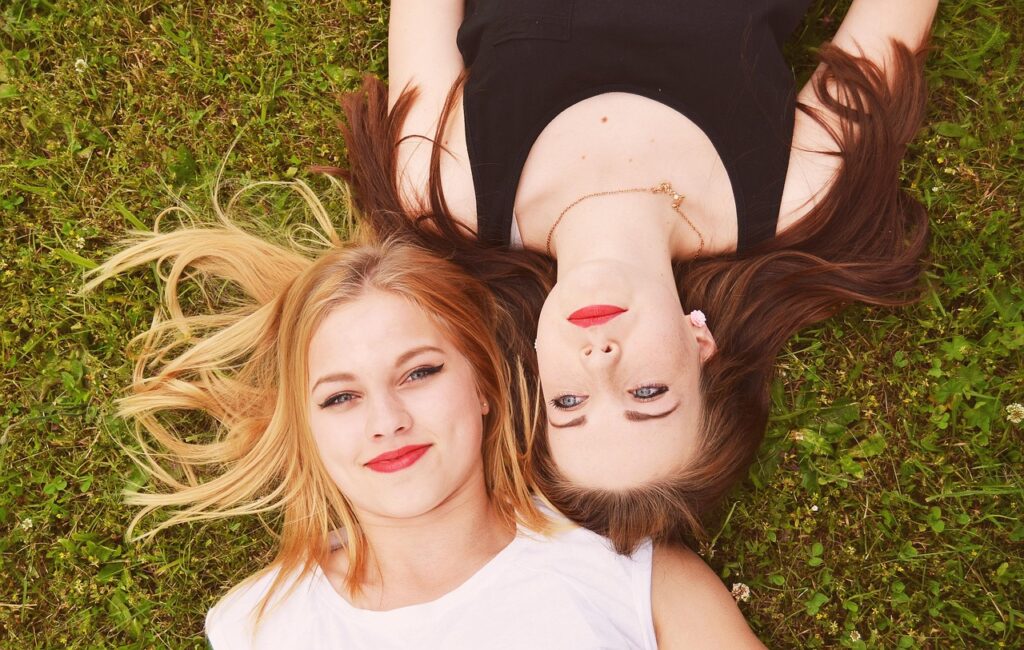
3. **Beyond the Northern Arc: Blondism in Diverse Global Populations**While often associated primarily with Northern European ancestries, blond hair has, remarkably, also developed and persists in other distinct populations across the globe. Although typically not as common as in its primary European stronghold, its presence in these diverse communities underscores the complex and sometimes convergent pathways of human genetic evolution. These instances challenge conventional perceptions and highlight the fascinating spread of human traits.
Among the most notable examples are the native populations of certain South Pacific islands. Blond hair can be found among the indigenous peoples of the Solomon Islands, Vanuatu, and Fiji, presenting a striking contrast to the darker hair typically associated with the region. This independent emergence of blond hair is particularly intriguing, suggesting that separate genetic pathways can lead to similar phenotypic outcomes in different parts of the world.
Furthermore, the presence of blond hair extends to parts of North Africa and specific Asian communities. Among the Berbers of North Africa, instances of blond hair can be observed, indicating a broader distribution than often recognized. Similarly, blond hair is found among some Asian people, further diversifying the global map of this unique human characteristic and demonstrating that human genetic variation is far richer and more intricate than widely assumed.
4. **Tracing the Roots: The Etymological Journey of “Blond” and “Blonde”**The word “blond” possesses a rich linguistic history, with its first documented appearance in English dating back to 1481. Its origins can be traced to the Old French term “blund” or “blont,” which carried the meaning of “a colour midway between golden and light chestnut.” This historical definition provides insight into the nuanced understanding of hair color during that period, encompassing a range of lighter, warmer hues that weren’t simply “yellow.”
Over time, “blond” gradually superseded the native English term “fair,” which held a similar meaning in Old English as “fæġer.” As “blond” gained prominence, “fair” evolved into a more generalized term, coming to describe a ‘light complexioned’ appearance rather than exclusively hair color. This shift is a testament to the dynamic nature of language, where new terms can influence and redefine existing vocabulary.
The lineage of the word “blond” extends even further, potentially deriving from the Medieval Latin “blundus,” which directly translates to “yellow.” This etymological thread highlights the ancient association of the color with a yellowish hue, even as its modern usage has diversified. Interestingly, the feminine form “blonde” was a later addition to the English lexicon, introduced in the 17th century, reflecting evolving grammatical conventions and societal distinctions in language usage.

5. **Gendered Lexicon: The Enduring Divide of “Blond” and “Blonde”**In contemporary written English, the pair “blond” and “blonde” stands out as one of the rare adjectives that have remarkably retained separate lexical genders. Despite both forms being pronounced identically, their distinct spellings often reflect traditional grammatical gender associations, a remnant of their French origins. This unique linguistic persistence prompts examination of how gender influences language and perception.
The usage patterns of these terms further illuminate this distinction. The American Heritage’s Book of English Usage, for instance, points out that while it’s not uncommon to describe a woman as “a blonde” (using “blonde” as a noun), the term “a blond” is less frequently applied to describe a man in the same noun form. This disparity has led some linguistic analyses to categorize the term as an example of a “ist stereotype,” wherein “women are primarily defined by their physical characteristics.”
The Oxford English Dictionary (OED) reinforces this perspective, noting that the adjective form of this term for fair hair is “especially used with reference to women,” and in such cases, it is “likely to be spelt blonde.” However, the OED also records instances of masculine usage, such as the phrase “big blond beast” from the 20th century, specifically referring to men “of the Nordic type.” In the plural, the masculine version appears in citations like “blonds of the European race” from an 1833 Penny Cyclopaedia, which served to differentiate genuine blondness as a Caucasian feature from albinism, highlighting the historical context of its application. This complex interplay of usage underscores the term’s gendered nuances.
The enduring gender-varied usage of “blond” and “blonde” finds a parallel in another hair color word of French origin: “brunette.” Stemming from the same Germanic root that gave us “brown,” “brunette” functions in a similar manner in orthodox English. The OED defines “brunet” as ‘dark-complexioned’ or a ‘dark-complexioned person,’ with comparative usage by Thomas Henry Huxley illustrating the contrast: “The present contrast of blonds and brunets existed among them.” While “brunette” can also describe a mixed-gender populace, as seen in Grant Allen’s observation, “The nation which resulted… being sometimes blonde, sometimes brunette,” the gendered distinction remains a notable feature of English vocabulary.

6. **Blond Beyond Hair: Describing Objects and Nature**The descriptive power of “blond” and “blonde” extends beyond human hair, occasionally being employed to characterize objects that possess a color reminiscent of fair hair. This metaphorical application showcases the versatility of language, allowing for vivid and relatable descriptions of the non-human world by drawing parallels with familiar human traits. Such usage enriches vocabulary and aids in visual communication.
The descriptive power of “blond” and “blonde” extends beyond human hair, occasionally being employed to characterize objects that possess a color reminiscent of fair hair. This metaphorical application showcases the versatility of language, allowing for vivid and relatable descriptions of the non-human world by drawing parallels with familiar human traits. Such usage enriches vocabulary and aids in visual communication.
Historical records, such as those found in the Oxford English Dictionary, document this broader application. For instance, in 19th-century poetic diction, the term was used to describe flowers, evoking a sense of their delicate, light hues. This lyrical use suggests an aesthetic appreciation for the color itself, irrespective of its biological context.
Beyond the poetic, “blond” has also been used in more technical or scientific contexts. The OED records its application to describe “a variety of clay ironstone of the coal measures,” highlighting its utility in geological classification. It has also characterized “the colour of raw silk,” denoting a specific pale, natural shade of the material. Further instances include its use to describe a particular breed of ray, a type of lager beer, and even pale wood, illustrating how a descriptor rooted in human appearance can universally convey a specific color attribute across diverse categories.

7. **Natural Blond Varieties: A Palette of Shades**To more accurately capture the nuanced differences in shade and origin, numerous subcategories of natural blond hair have been meticulously defined over time. This classification system allows for a precise description of the diverse spectrum of fair hair, moving beyond a simple “blond” label to identify distinct tones that possess their own unique visual characteristics. Understanding these varieties enriches our appreciation for the complexity of human hair pigmentation.
One such variety is “ash-blond,” which is distinctly characterized as an ashen or grayish blond. This shade lacks warm, golden, or reddish undertones, presenting a cooler, more muted appearance. It contrasts sharply with warmer blonds and is often sought after for its sophisticated and understated quality, reflecting a particular absence of vibrant yellow or red pigments.
Another foundational category, often referred to simply as “blond” or “flaxen” when differentiated from other varieties, describes a light but not whitish blond. This specific shade is notable for having no discernible traces of red, gold, or brown within its hue, resulting in a pure, clear lightness. “Flaxen” is a particularly evocative descriptor, drawing a direct comparison to the pale, yellowish-white color of dried flax fibers, perfectly capturing the essence of this particular blond.
Then there’s “dirty blond,” sometimes known as “dishwater blond,” a descriptive term for a darker blond shade that is subtly intertwined with flecks of golden blond and brown. This isn’t a uniformly light color; rather, it’s a blend that gives it a more complex, less vibrant appearance, often resembling a light brown that hasn’t fully committed to being dark. This variety often gives the impression of hair that was once lighter but has gradually deepened, or hair that contains a mix of both light and darker pigments.
Finally, “golden blond” stands out as a darker to rich yellow blond. This shade is celebrated for its warm, sunny disposition, often sparkling with vibrant golden undertones that catch the light beautifully. It’s a classic, luminous blond that embodies warmth and brightness, making it a highly desirable and recognizable variation within the blond spectrum, and showcasing the richer end of the yellowish spectrum.
Navigating the intricate world of blond hair requires a deep dive into its precise classifications, unraveling the complex genetic blueprints that dictate its appearance and global distribution. As we continue our exploration, we move beyond the initial definitions to dissect the nuanced shades of fair hair, understand the ancient genetic mutations that forged this distinctive trait, and map its fascinating prevalence across continents, revealing unexpected patterns of human diversity.
From iridescent glints to striking whitish tones, and from earthy blends to unique reddish hues, the spectrum of blond hair is richer than a casual glance suggests. We’ll uncover how scientific inquiry and detailed observation have led to a more granular understanding of blondism, allowing us to appreciate the subtle yet significant variations that contribute to this captivating human characteristic.
Moreover, by tracing the genetic origins and migration patterns, we gain profound insights into how blond hair became woven into the human tapestry. This journey through its classifications, genetics, and geographical spread underscores blond hair’s role not just as a visual trait, but as a compelling narrative of human evolution and adaptation.
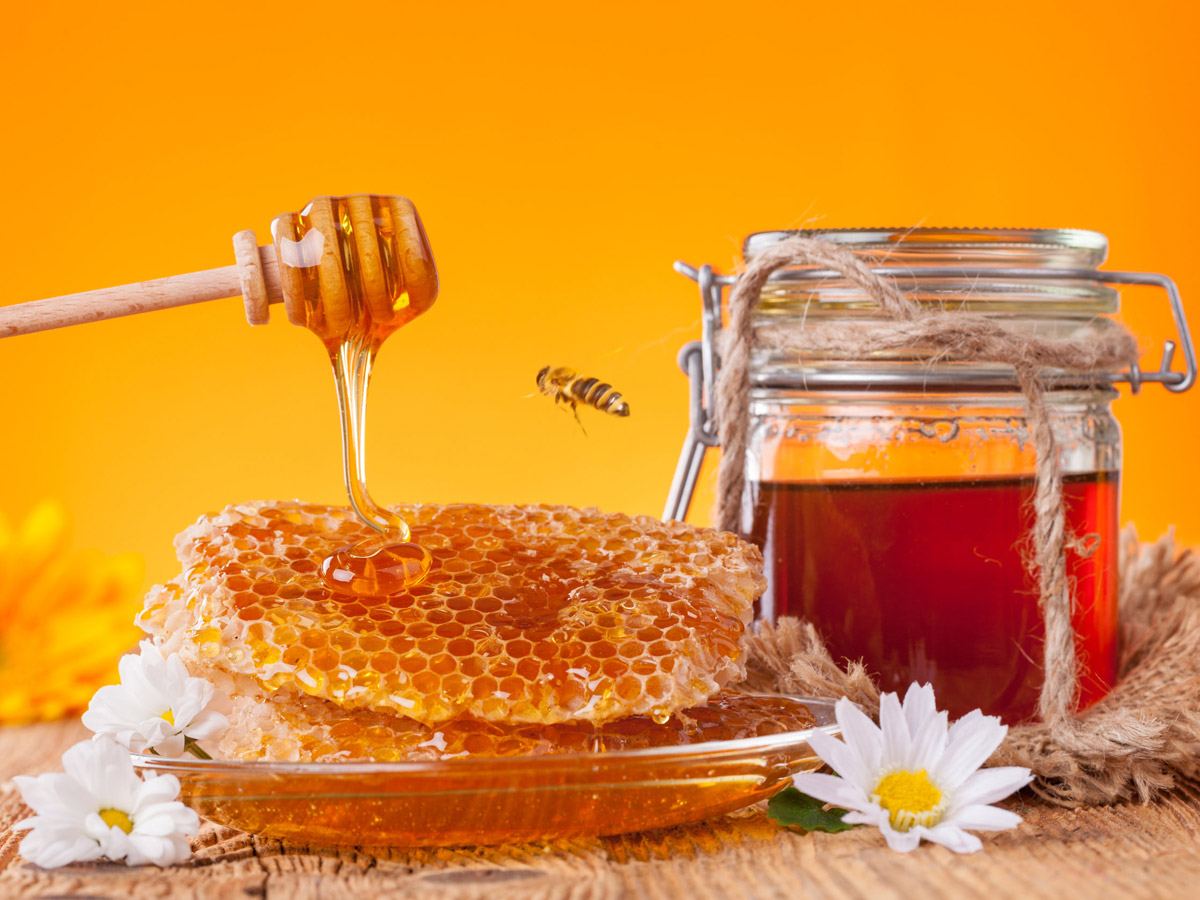
8. **Honey Blond: The Luminous, Iridescent Shade**Expanding on the diverse natural varieties of blond hair, “honey blond” stands out as a particularly warm and inviting shade. It is specifically characterized as a dark iridescent blond, suggesting a richness that catches the light and subtly shifts in hue. This iridescence gives it a vibrant, multifaceted quality that sets it apart from more uniform blond tones.
The depth of honey blond often incorporates a blend of darker pigments with lighter ones, contributing to its overall warmth. Unlike cooler ash tones or very pale blonds, honey blond carries a golden glow, reminiscent of the sweet, amber-like substance from which it derives its name. It exudes a natural radiance that is highly sought after.
This particular shade is not just about lightness; it’s about a specific kind of luminosity and depth. The “dark iridescent” descriptor implies a richness that prevents it from appearing washed out, instead offering a sophisticated and natural-looking warmth that enhances many complexions. It’s a testament to the wide and beautiful range within the blond spectrum.
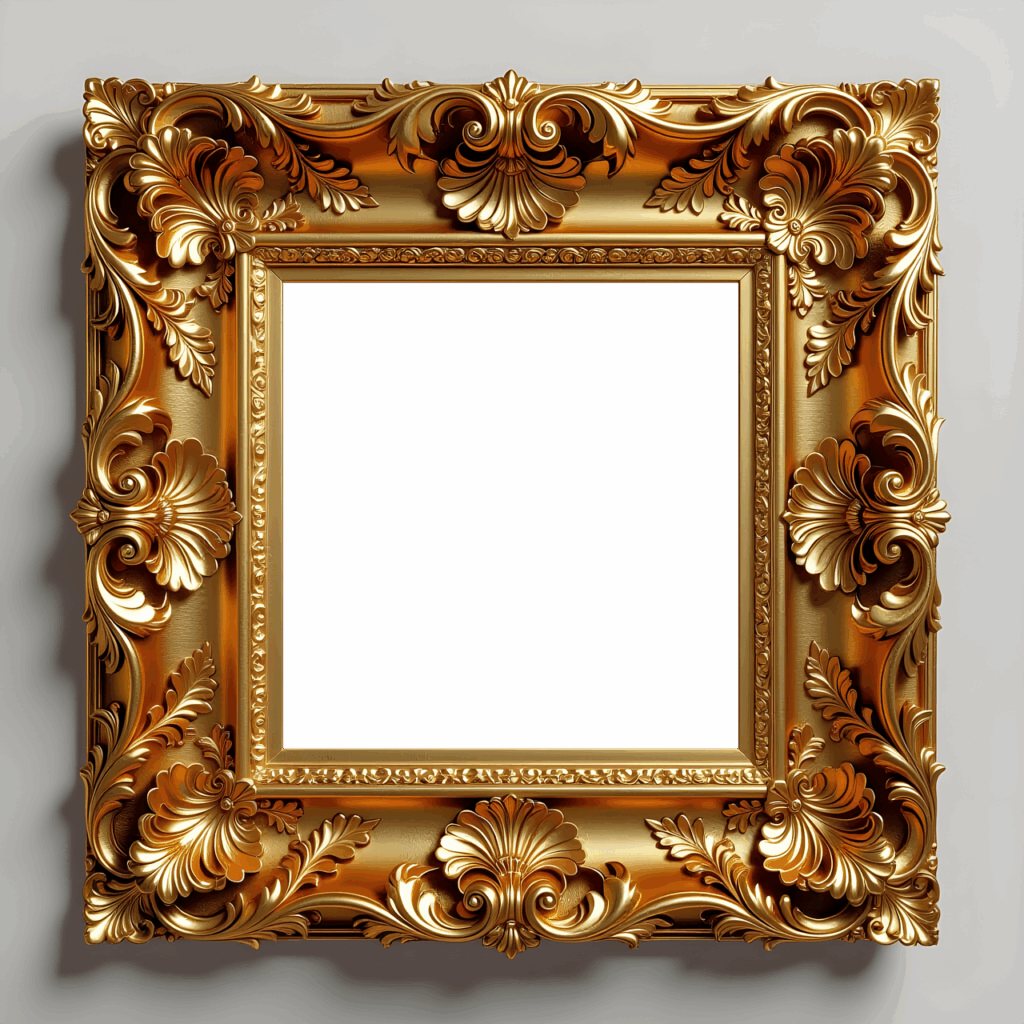
9. **Platinum Blond: The Striking Whitish Hue**At the very palest end of the blond spectrum lies “platinum blond,” a shade so light it often appears almost white. This striking color, sometimes referred to as “towheaded,” is defined by its whitish-blond characteristic. Its extreme lightness distinguishes it immediately from all other blond varieties, creating a bold and often dramatic visual.
The rarity of naturally occurring platinum blond hair in adulthood makes it a particularly distinctive feature. When present naturally, it signifies a very sparse and patchy distribution of pigment within the hair shaft, resulting in an almost colorless appearance that can be quite ethereal. It’s a color that demands attention due to its intensity and purity.
Historically and culturally, platinum blond has carried various connotations, often associated with a certain boldness or striking beauty. Its “whitish-blond” definition encapsulates its near-absence of yellow or golden undertones, making it a truly unique and powerful shade within the diverse palette of human hair colors. Whether natural or achieved through artificial means, it remains an iconic expression of fair hair.

10. **Sandy Blond: The Earthy, Cream-Colored Spectrum**Moving into a more muted yet equally distinctive category, “sandy blond” presents a grayish-hazel or cream-colored blond. This description immediately distinguishes it from the more vibrant golden or reddish blonds, offering an earthier, often softer appearance. It’s a shade that blends light tones with subtle undertones, creating a sophisticated natural look.
The “grayish-hazel” aspect suggests a cooler undertone, perhaps a hint of ash or a muted brown mixed with lighter pigments. Meanwhile, “cream-colored” evokes a soft, warm lightness that isn’t intensely yellow. This dual description highlights its nuanced nature, where lightness is tempered by a gentle, almost dusty quality.
Sandy blond often provides a less vivid, more understated form of blondism. It can sometimes lean towards what some might perceive as a very light brown, but its core characteristic remains its blond foundation with these specific “grayish-hazel or cream-colored” influences. It represents a versatile and naturally elegant shade within the broader blond classification.

11. **Strawberry Blond: The Unique Reddish Blend**Among the most captivating and distinctive blond varieties is “strawberry blond,” also known historically as “Venetian blond.” This classification is explicitly defined as reddish blond, a charming fusion of fair hair with noticeable red pigments. It’s a color that beautifully bridges the gap between true blond and red hair, offering a unique and warm hue.
The presence of subtle red undertones is what truly defines strawberry blond. Unlike golden blonds, which derive their warmth from yellow pigments, this shade incorporates hints of red pheomelanin, giving it a characteristic rosy or coppery glow. This makes it a standout color, often described as soft, warm, and highly flattering.
The historical designation “Venetian blond” hints at its artistic and cultural significance, particularly in Renaissance Venice, where women often used natural dyes to achieve similar reddish-blond tones. This historical context underscores the desirability and aesthetic appeal of this particular blond variant, which continues to be celebrated for its vibrant yet subtle coloration.

12. **The Genetic Tapestry: Unraveling Blond Hair’s Ancient Origins**Beyond its visual appeal and diverse classifications, the genetic origins of blond hair present a compelling narrative of human evolution. Scientific inquiry suggests that the mutation responsible for blond hair emerged remarkably early, with ancient DNA analysis (ADNA) pinpointing the oldest known carrier of the mutated allele rs12821256 of the KITLG gene to a 17,000-year-old Ancient North Eurasian specimen from Afontova Gora in Southern Siberia.
This discovery challenges earlier assumptions about the timing and geographical exclusivity of blond hair’s development. Geneticist David Reich posits that the widespread presence of this specific European blond hair mutation across continental Europe is largely due to massive population migrations from the Eurasian steppe. These migrating peoples carried substantial Ancient North Eurasian ancestry, effectively disseminating the genetic trait.
A review article from 2020 further supports this, affirming that Ancient North Eurasian-derived populations introduced the blond hair allele to Europe. It highlights that the “massive spread” of Yamnaya steppe pastoralists likely contributed to a “rapid selective sweep in European populations toward light skin and hair,” illustrating a powerful link between migration, adaptation, and the spread of genetic traits.
However, the precise narrative remains a topic of ongoing debate. Geneticist Iosif Lazaridis offers a contrasting perspective, questioning the sole origin from Steppe migrations. He found evidence of blond individuals in ancient Southern Europe and the Levant without Steppe ancestry and observed that blond hair was rare in early Bronze Age Steppe groups, becoming more common only in later Bronze Age populations. This suggests a more complex story, possibly involving internal phenotype turnover within Steppe pastoralists or multiple origins.
A 2024 study adds another layer to this complexity, indicating that both Neolithic farmer and Steppe-associated ancestries were more significantly linked with blond hair. In contrast, European hunter-gatherers often exhibited dark or even black hair. This research collectively emphasizes that the genetic journey of blond hair is multifaceted, influenced by various ancient population movements and selective pressures, far beyond any “simple stories” of ual selection or singular origins.
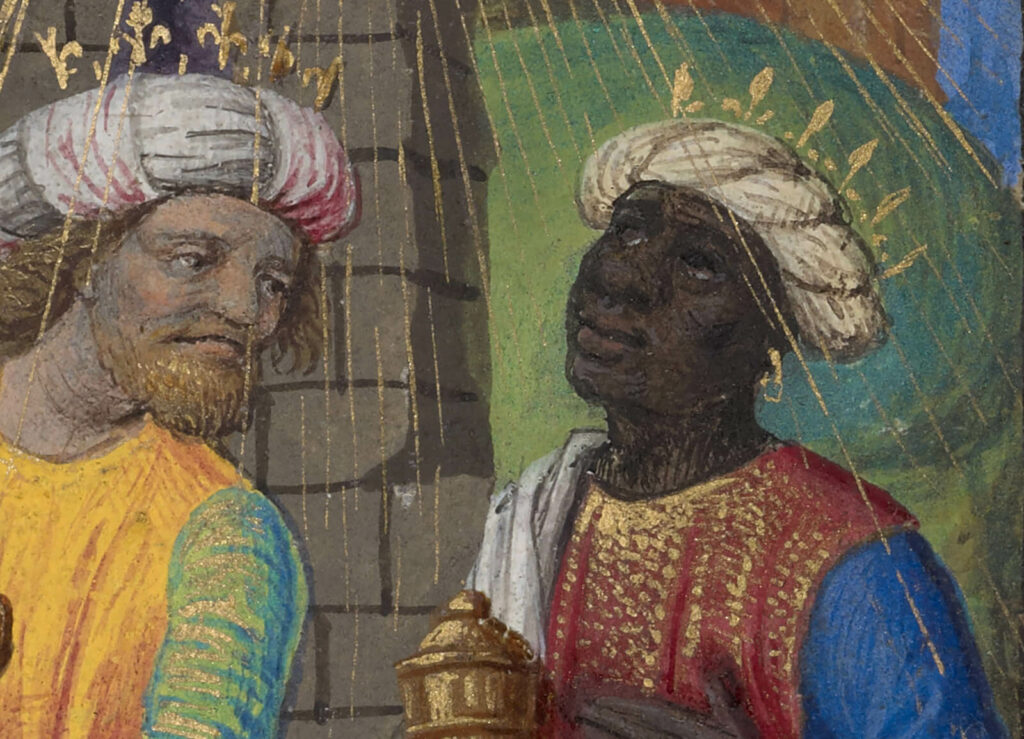
13. **Blondism’s European Strongholds and African Enigmas**The prevalence of natural blond hair, while often associated with Northern Europe, displays fascinating patterns across continents, reflecting diverse genetic histories and environmental adaptations. In Europe, the concentration of light hair and eyes is notably highest around the Baltic Sea, with darkness increasing concentrically away from this region. This geographical clustering underscores a strong regional link to blondism.
Specific national data provides further insight into this distribution. In France, for example, a 1939 source indicated that 26% of the population had blond or light brown hair, with blondism being more prevalent in Normandy and less so in the Pyrenees and along the Mediterranean coast. A 2007 study on French females revealed that roughly 20% were blonde, though half of these were artificially colored, leaving about ten percent as natural blondes.
Portugal, too, showcases regional variations, with a national average of 11% showing traces of blondism, peaking at 15% in Póvoa de Varzim in the north. Italy presents an even more pronounced regional contrast: a 19th-century study by Ridolfo Livi found 8.2% of Italian men with blond hair, ranging from 12.6% in Veneto to a mere 1.7% in Sardinia. Later 20th-century research by Renato Biasutti detailed greater occurrences in northern regions, sometimes exceeding 20%, while southern Italy averaged between 2.5% and 7.4%, with a notable exception in Benevento.
Venturing into Africa, unexpected evidence of blond hair emerges from ancient history. The Fagg El Gamous cemetery in Fayum, Egypt, has yielded numerous naturally mummified bodies from the Roman-Christian period, where a remarkable 54% of those with preserved hair were blondes or redheads. This percentage rises to 87% when light-brown hair is included. Excavations dating back to the 1980s suggest that burials in this ancient site may have even been clustered by hair color, highlighting an intriguing historical presence of blondism in North Africa, far from its traditional European associations.

14. **Blond Hair’s Far Reach: Oceania and Diverse Asian Populations**The narrative of blond hair’s global distribution extends fascinatingly into Oceania and various parts of Asia, challenging conventional understandings of its geographical prevalence. In the South Pacific, blond hair is notably found among native populations of the Solomon Islands, Vanuatu, and Fiji, often with higher incidences observed in children. This independent emergence of blond hair in Melanesians is caused by a distinct amino acid change in the TYRP1 gene, a mutation present in 26% of the Solomon Islands population but absent outside of Oceania, showcasing a unique evolutionary path.
Asia, too, holds a rich history and contemporary presence of blond hair that often goes unrecognized. Higher frequencies of light hair are prevalent among ethnic groups such as the Pamiris, Kalash, Nuristani, and Uyghur. Geneticist David Reich emphasizes that blond hair has ancient roots in Asia, noting that the derived allele for blond hair in Europeans likely evolved among the Ancient North Eurasians, with the earliest known individual possessing this allele being a Siberian fossil from Afontova Gora in south-central Siberia.
Historical and archaeological records further support this Asian connection. Blond hair has been discovered in human burial sites in north-western China and Mongolia dating back to the Iron Age. Ancient Chinese chronicles describe blond-haired, blue-eyed warriors among the Xiongnu, a nomadic equestrian culture from Mongolia, and among some Xianbei groups. The Shiwei people, a Mongolic-speaking ethnic group, were also noted for their blond hair and blue eyes, traits that can still be observed in the region they inhabited today.
Even specific subgroups of the Hmong people, originally from northern China, were historically recorded by the Chinese as having blonde hair and blue eyes, although their features darkened as they migrated into Southeast Asia. F.M Savina, a French missionary, described the Miao people of Guizhou province—a Hmong subgroup—as having “pale yellow in complexion, almost white, their hair is often light or dark brown, sometimes even red or corn-silk blond, and a few even have pale blue eyes,” painting a vivid picture of diverse Asian blondism. Furthermore, the Uriankhai tribe of Mongols, and the Tuvans, a Turkic ethnic group, also exhibit occasional occurrences of blond hair with freckles and blue-green eyes, underscoring the remarkable and widespread genetic diversity that underpins the phenomenon of blond hair across the vast continent of Asia.
This comprehensive journey through the diverse classifications, intricate genetics, and widespread prevalence of blond hair underscores its profound significance in human biology and culture. From its subtle shades to its ancient origins and unexpected global distribution, blond hair remains a captivating testament to the rich tapestry of human diversity and evolution. Understanding this complex trait allows us to appreciate not just its aesthetic value, but its deep connections to human history, migration, and adaptation across the planet. The science and stories behind fair hair truly reveal a world of fascinating insights, extending far beyond the superficial to illuminate the very essence of human variation.

